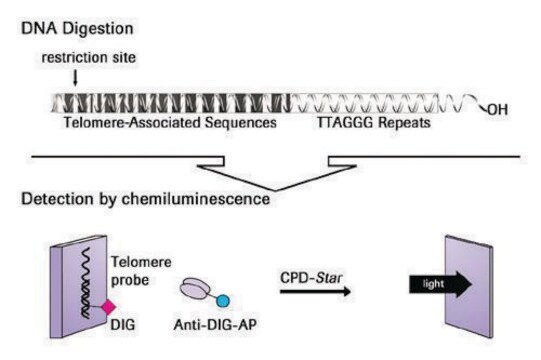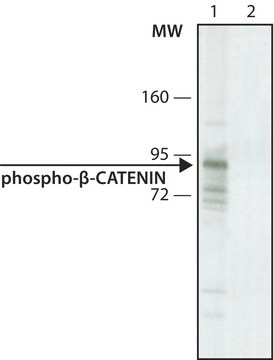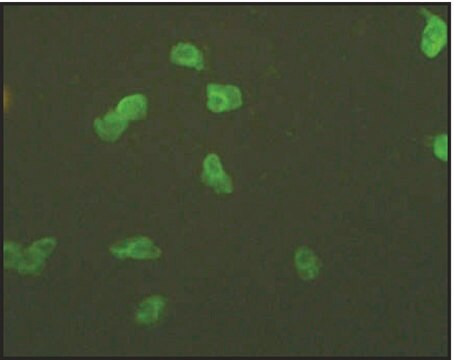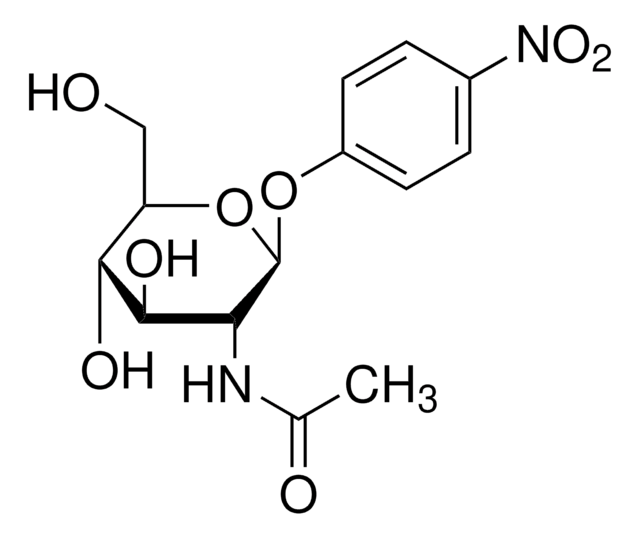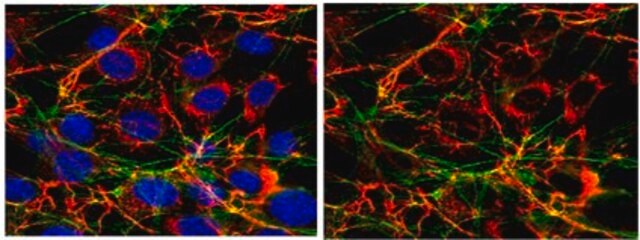C2363
Monoclonal Anti-phospho-β-Catenin (pSer33) antibody produced in mouse
clone BC-76, purified immunoglobulin, buffered aqueous solution
About This Item
WB
western blot: 5 μg/mL using total cell extracts of cultured HEK-293T cells treated with MG132
Prodotti consigliati
Origine biologica
mouse
Livello qualitativo
Coniugato
unconjugated
Forma dell’anticorpo
purified immunoglobulin
Tipo di anticorpo
primary antibodies
Clone
BC-76, monoclonal
Stato
buffered aqueous solution
Reattività contro le specie
human
tecniche
microarray: suitable
western blot: 5 μg/mL using total cell extracts of cultured HEK-293T cells treated with MG132
Isotipo
IgM
N° accesso UniProt
Condizioni di spedizione
dry ice
Temperatura di conservazione
−20°C
modifica post-traduzionali bersaglio
phosphorylation (pSer33)
Informazioni sul gene
human ... CTNNB1(1499)
Categorie correlate
Descrizione generale
Immunogeno
Applicazioni
Azioni biochim/fisiol
Stato fisico
Esclusione di responsabilità
Non trovi il prodotto giusto?
Prova il nostro Motore di ricerca dei prodotti.
Scegli una delle versioni più recenti:
Certificati d'analisi (COA)
Ci dispiace, ma al momento non ci sono COA disponibili online per questo prodotto.
Se ti serve aiuto, non esitare a contattarci Servizio Clienti
Possiedi già questo prodotto?
I documenti relativi ai prodotti acquistati recentemente sono disponibili nell’Archivio dei documenti.
Il team dei nostri ricercatori vanta grande esperienza in tutte le aree della ricerca quali Life Science, scienza dei materiali, sintesi chimica, cromatografia, discipline analitiche, ecc..
Contatta l'Assistenza Tecnica.


